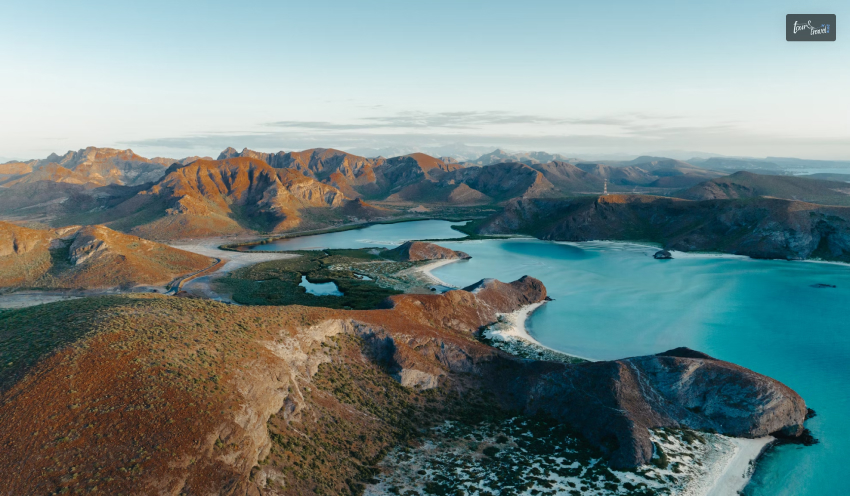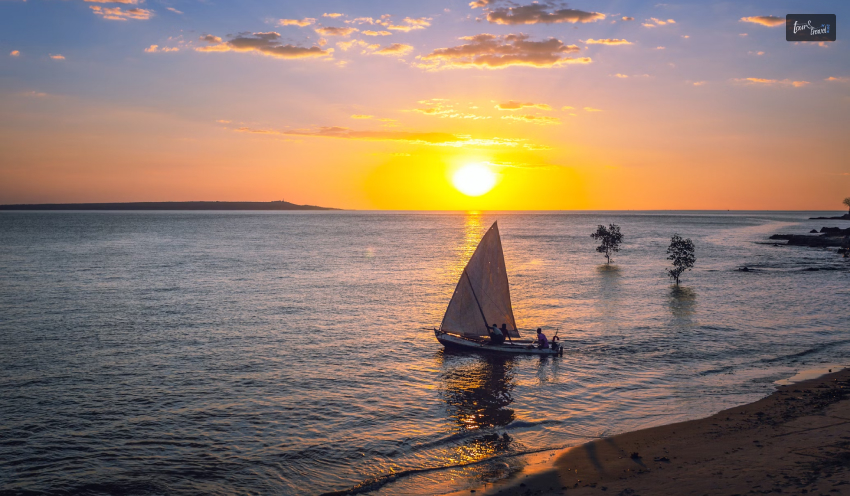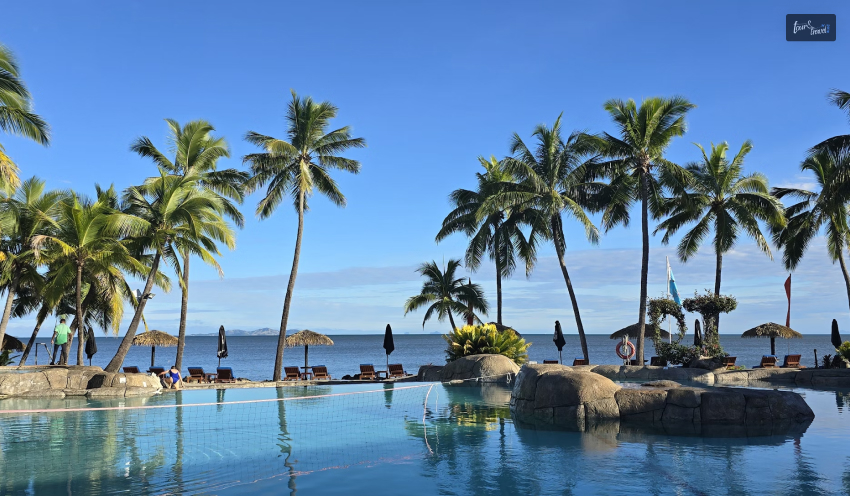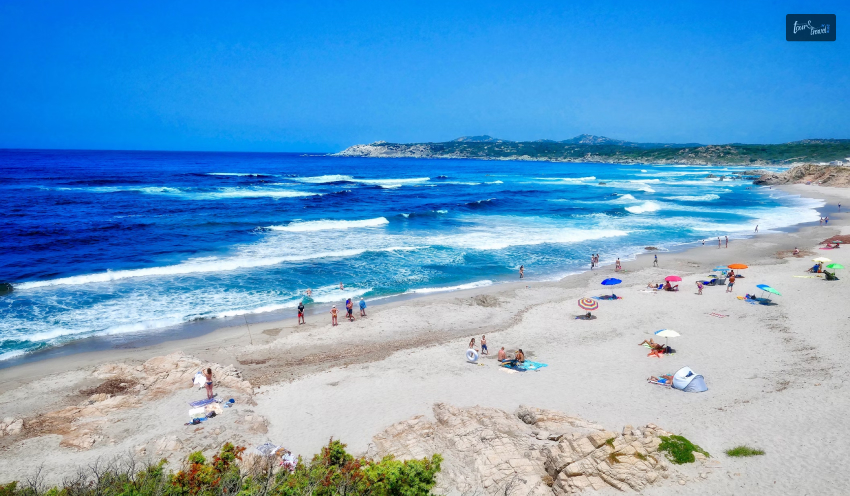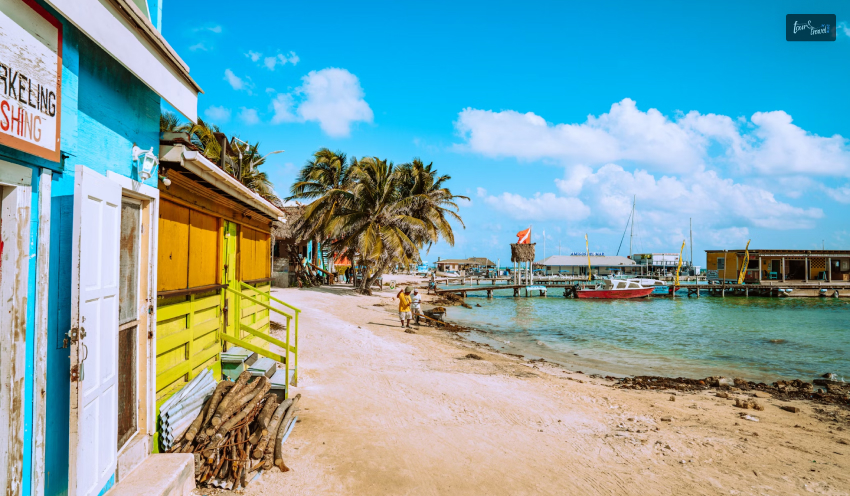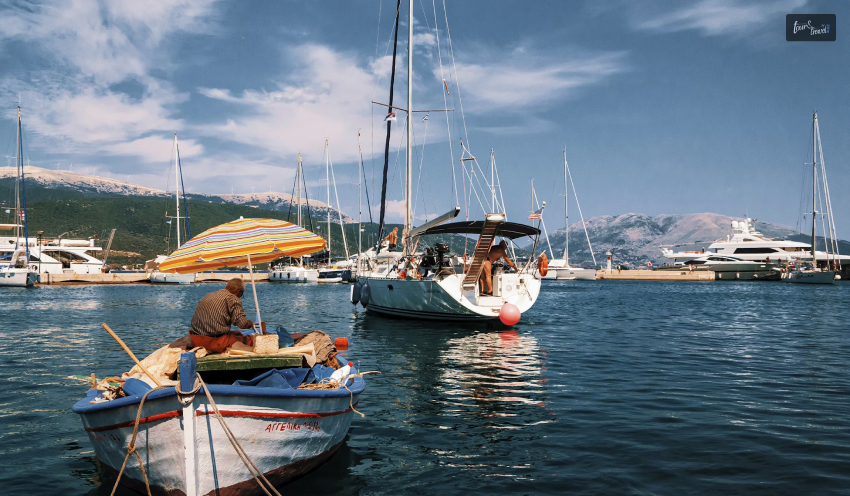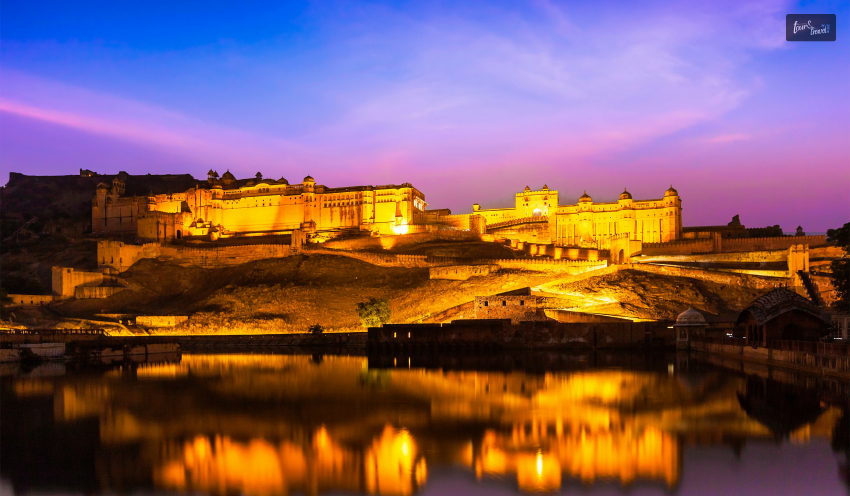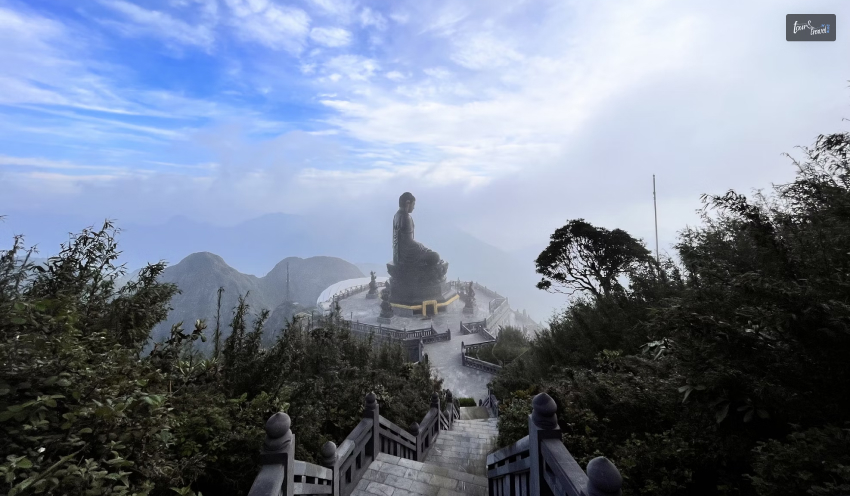Easy Traveling CWBiancaVoyage: How Can You Have The Most Comfortable Travel Experience?
BY Sibashree Sep 19, 2025
Have you ever felt that traveling should be easy, but it is hardly so most of the time? Ideally, traveling should be something that allows us to do 101% the things we love. However, we often lose that spark or spontaneity, getting too busy with planning and those jitters in our stomach. Another thing I wanted to share. Travel is not a part of everyone’s lifestyle in the same way. I mean, I am a traveler and a travel writer. For me, traveling is a combination of my passion and work. Similarly, some people travel as a pure leisure activity, and some travel to attend business meetings, events, or seminars. Moreover, with the digital nomad tribe growing every day, travel and work have reached a completely new dimension altogether. Fortunately, today we have online travel guide platforms such as CWBiancaVoyage, which help us to plan travel easily and smartly. Also, these guides assist us in knowing how we can achieve personal or business growth as a benefit of traveling. And in this Tour and Travel Blog, we will decode the art of easy traveling with CWBiancaVoyage. The Key Areas Covered Are: What Is CWBiancaVoyage?How CWBianca Voyage Blends Business With Travel? Why Is Easy Traveling So Important Today In This Age Of Information Overdose?How Technology Is Making Traveling Easier These Days?What Are The Best Features Of Easy Traveling With CWBiancaVoyage? 1. The Combination Of Human Experiences And Smart Tech2. No-Stress About Logistics3. Local Experiences4. Curated Itineraries5. Destination Research6. Travel Resources7. Combines Travel And Business8. Offers Safety GuidanceWhat Are The Top Trending Destinations For Easy Traveling With CWBiancaVoyage In 2025? 1. Bali In Indonesia2. Osaka In Japan3. Antalya In Turkey What Is CWBiancaVoyage? CWBiancaVoyage is an online travel guide platform that helps us make our journey easier and more enjoyable. Now, you may question the need for such a platform today when ChatGPT can give you a complete itinerary and the names of hotels and restaurants with a single click and within a few seconds. However, what you get in those suggestions is not fact-checked, personalized, or comprehensive. You don’t look for a simple curation of bullet points when you refer to a travel guide, right? CWBiancaVoyage offers more than simple travel tips. The guides here aim to offer you a complete travel experience by combining leisure with practice advice. Furthermore, it is a platform where you can find guides about all types of travel, including: A Short Road Trip A Long International Travel Or, A Business Trip Furthermore, the platform allows you to discover new destinations and what’s new in every travel destination. That is something very crucial, considering you hardly have to face anything unexpected when visiting new places. How CWBianca Voyage Blends Business With Travel? The easy traveling CWBancaVoyage resources cater to the digital nomads or freelancers who need to strike a perfect balance between travel and work. You will get to know how to use technology to finish your assignments and never miss a deadline while traveling. So, today, it’s not about travel or work, and it’s travel and work. Overall, this aspect of CWBianca is about financial empowerment and leading a life the way you want. Furthermore, these guides make traveling more financially sustainable as you are not spending your savings or taking a loan just for the sake of travel. You are also earning on the go. So, it’s work, adventure, travel, and income all happening simultaneously. Thus, you can be a freelancer, a digital nomad, or an entrepreneur. The easy traveling CWBiancaVoyage resources will help you develop a new lifestyle where the line between your passion and profession gets blurred. Why Is Easy Traveling So Important Today In This Age Of Information Overdose? Every coin has a flip side, and you have to agree with me that too much information is also a problem. Thanks to the power of the internet, everyone today is documenting their experiences on the web or on social media. However, sometimes, people are creating or curating content just for the business or commercial aspect of it. Let me share one example with you. You read a blog or watch a reel of a travel influencer about somewhere in Mexico, such as Acapulco or Mazatlán. Now, the influencer with a handsome follower base does not know about the travel advisory. They may have made the entire content using AI or some secondary research. Now, you plan everything, and the travel advisory stops you, or you may face severe safety issues after reaching the destination. That’s why a platform such as CWBiancaVoyage is so important. Along with the crime concerns, you will also get to know about the weather updates, latest developments, and more from the resources on the platform. So, traveling easily is not as easy as it may sound, and you need proper travel guides for the right precautions and measures. Moreover, it’s given that a travel guide will educate you on the transportation options, civil laws, norms, places of interest, crucial contact details, and accommodation options, and other details about a new place. How Technology Is Making Traveling Easier These Days? We need to navigate a road, so we use GPS! We have to book a hotel or a flight ticket. So, we download an app and finish the chores in minutes. This is how technology has changed the way we travel. Additionally, every other day, a new tool or platform, or even deals and discounts, becomes available, making travel planning easier and more affordable. Platforms such as CWBiancaVoyage help us know about these tools. For example, there are budgeting apps available today to help keep our expenses under control, and translation apps help avoid a language barrier. Moreover, some eSIMs help us to stay connected and continue our work without facing network and cybersecurity issues. The more we refer to platforms such as CWBiancaVoyage, the more we get equipped to travel easily and smartly with the help of technology. What Are The Best Features Of Easy Traveling With CWBiancaVoyage? From curated itineraries to local experiences! You will find a wide range of travel experiences on CWBiancaVoyage. 1. The Combination Of Human Experiences And Smart Tech CWBiancaVoyage now combines the speed of AI with the experience and expertise of travel experts. So, everything you read is a combination of human experience and smart technology. 2. No-Stress About Logistics CWBiancaVoyage will tell you about the apps and platforms you can use for booking your tickets and hotels. So, from the flight ticket to a room in the best hotel, everything will be ready when you leave for a new destination. 3. Local Experiences The term “traveling like a local” is very popular these days, and it is indeed the best way to travel on a budget and yet have the most immersive experience. CWBiancaVoyage guides explore the hidden gems and talk about the most authentic local experience. 4. Curated Itineraries You can refer to the guides and use the resources suggested by the platform, including apps and other platforms, to curate an itinerary. So, it will be a perfectly tailored travel plan according to your requirements. Even if you are making last-minute changes in your travel plan, CWBiancaVoyage will offer you curated picks with quick adjustments. 5. Destination Research CWBiancaVoyage guides do not offer superficial ideas about a place. Along with the general attractions, they also talk about what’s new and if there are rising safety concerns. 6. Travel Resources CWBiancaVoyage offers information on travel apps such as TripIt for tracking an itinerary or XE Currency for currency exchange. So, managing your finances and sticking to a travel plan becomes easier. 7. Combines Travel And Business Easy traveling CWBiancaVoyage resources are especially helpful for digital nomads who want to balance work and travel. So, from exploring a new country to cracking a new deal, it can now all happen at the same time! 8. Offers Safety Guidance Safety guidance is crucial to prepare yourself when you are visiting a new country. Furthermore, in this age of Israel-Palestine and Russia-Ukraine conflicts, political unrest and violence are common. So, when visiting a far-off country, you need to follow the travel advisories and precautionary measures. What Are The Top Trending Destinations For Easy Traveling With CWBiancaVoyage In 2025? Want to balance travel and work? Visit these destinations trending in easy traveling CWBiancaVoyage resources. 1. Bali In Indonesia Blessed with natural beauty and the prettiest beaches, and a spiritual hub to learn about Balinese Hinduism, Bali is also a top destination for digital nomads. A strong sense of community and modern co-working spaces make Bali an ideal destination for the perfect work and travel balance. 2. Osaka In Japan Home to the historic Osaka Castle, Osaka is a major cultural and economic hub of Japan. It is also the culinary capital of Japan. Moreover, high-speed internet connectivity, an inclusive mindset, and efficient public transportation systems make Osaka an ideal destination for freelancers and digital nomads. 3. Antalya In Turkey Antalya has a beautiful Mediterranean climate, and it is known for its ancient ruins. Furthermore, it is just located at a distance of four hours from Pamukkale, a UNESCO World Heritage Site. Also, Antalya is emerging as one of the popular hotspots for digital nomads in Turkey due to its balanced lifestyle, internet connectivity, and many co-working spaces. Read Also: HopTraveler.com Review: About HopTraveler.Com, The Best Features, How To Use, And More How Taxiyo.com Is Taking Us Beyond Simple Taxi Booking! Is Trip.com Legit And Efficient In 2025?

